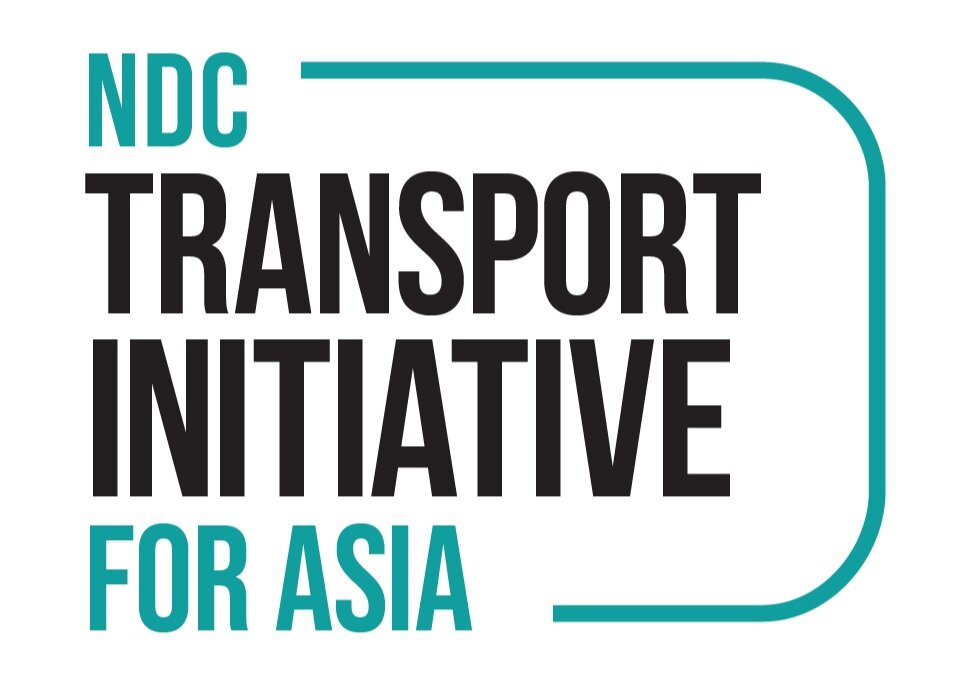Toward Credible Transport Carbon Dioxide Emissions Accounting in China
By Lulu Xue and Daizong Liu
Chinese: 精准施策:中国省级交通领域二氧化碳排放核算方法研究
To help unify the transport emissions accounting methodologies for China’s national and subnational governments and improve statistical data collection for credible transport emissions reporting, this study reviews the accounting methods and statistical data used globally and in China through a literature review and stakeholder interviews.
To develop credible transport CO2 emissions inventories so that it can set sectoral emissions-reduction targets, monitor its decarbonization progress, and meet the Paris Agreement’s ETF (effective from 2024). This study recommends the following:
-
Official transport emissions inventories should be required for subnational governments and be annually updated from a base year.
-
The China-specific issue of incomplete transport fuel consumption statistics should be fixed. Comprehensive fuel sale statistics should be collected and verified with a quality assurance and quality control (QA/QC) procedure. The tabular structure of energy balances should be refined to subsectors and be consistent with the Enhanced Transparency Framework’s common reporting tables, which will become effective in 2024. The frequency of fuel sales data collection should be increased, and enforcement of the regulations regarding illegal fuel stations, refineries, and fuel blenders should be tightened.
-
Whenever necessary, a bottom-up method with reliable inputs should be used to derive emissions breakdowns and inform transport climate action planning. To this end, different levels of government need to periodically collect statistics such as vehicle kilometers travelled.
-
Emissions from aviation, railways, and water navigation should be allocated to the responsible corporations because these businesses (especially state-owned enterprises) have more discretion and resources to mitigate their emissions than do subnational governments.
-
Administrative safeguards should be put in place by updating relevant emissions accounting guidelines, developing data platforms, building capacities on data collection and inventory development, and establishing dedicated offices or personnel responsible for inventory development and validation.
Read more at wri.org.cn.
本文基于文献综述与利益相关者访谈,梳理了国内外地方层面交通领域二氧化碳排放核算的主流方法及数据统计现状。通过建立一套评估指标体系(包括数据可得性、权责对应性、不确定性、一致性和可加总性、排放源可识别性、政策关联性等),本研究对各种地方交通碳排放核算方法及核算结果进行对比,并分析其在国内的适用性。基于此,本文提出了统一地方交通碳排放核算方法以及完善相关数据统计基础的建议。
前往「世界资源研究所」官网阅读全文。

